Human trafficking on the rise in Ohio
May 3, 2021
Human trafficking is becoming a bigger issue all over the world. Ohio, which is number five in the country, is no exception with 3.84 cases per 100,000 people this year.
Due to the increase in trafficking activity, it is becoming increasingly more dangerous for teens and children.
“I am afraid to walk alone at night, probably terrified more than anything,” junior Leah Tibbitts said. “Growing up you hear all these horror stories of not only women, but LGBTQ members and children being either abducted, raped, harassed, assaulted and even sex trafficked.”
According to the United Nations, Covid-19 has made finding and exploiting victims easier. Through social media, these traffickers have more access to personal information than ever before, especially since Covid-19 has given people more time to use it.
“With the advancements in technology, human trafficking has developed a whole new look,” Hayes resource officer Joseph Kolp said. “It’s not just being kidnapped and held against your will anymore. That still happens, but now people are being blackmailed and extorted into doing things against their will, all from the safety of their own homes.”
Thousands of people are out of work and school during the pandemic which makes them vulnerable. Streets, shopping centers and sidewalks are vacant in a lot of places, making it easier for traffickers to go unnoticed.
“There’s less people out, so it would be easier to take someone without witnesses, or because wearing a mask can help conceal the identity of the trafficker,” senior Rachel Miller said.
Increased reports of any suspicious activity removes traffickers from the streets. However, people are wary of making reports.
“One of the biggest things that causes people to ignore warning signs is the fear of being rude or offending someone,” Kolp said. “Never be afraid to be vocal and say no or tell someone that you don’t feel comfortable with what they are doing.”
Though a lot of warning signs are meant to be casual and undetected, there are some that are identifiable. For example, suspicious items on a car such as honey or zip ties, if a person asks you to leave a public area with them, or a person looks uncomfortable or unfamiliar with the person they are with.
To defend oneself in incidences like this, carrying items like pepper spray for self defense could increase safety.
Avoiding walking alone is also an effective way to avoid potentially dangerous situations. The more people walking together, the less of a target the group will be. However, that’s not always an option for some people.
“It is important that if you do have to walk alone, stay observant and aware of your surroundings,” Kolp said. “This is a good idea, not just for crime, but any type of dangerous situation.”
In Delaware, there is also a women’s self defense class hosted by the City Police Department so women can stay agile and protect themselves from danger.
Although the main victims of these crimes are women, men make up 25 percent of human trafficking victims.
“Girls are more likely to be human trafficked, but at the end of the day, it doesn’t make it more or less important,” Tibbitts said. “Anyone can be a victim of human trafficking and either way it is horrible.”
In order to decrease the amount of human trafficking cases, it is important to not only deny traffickers the opportunity to strike, but also to report any suspicious activity that you might see or experience.
If you or someone you know has been involved in an incident involving human trafficking, please call the National Human Trafficking hotline at 1-888-373-7888 for guidance. To report suspicious or threatening activity, call Delaware’s non-emergency line at 740-203-1111 or 911 for an emergency. For more information, click here.



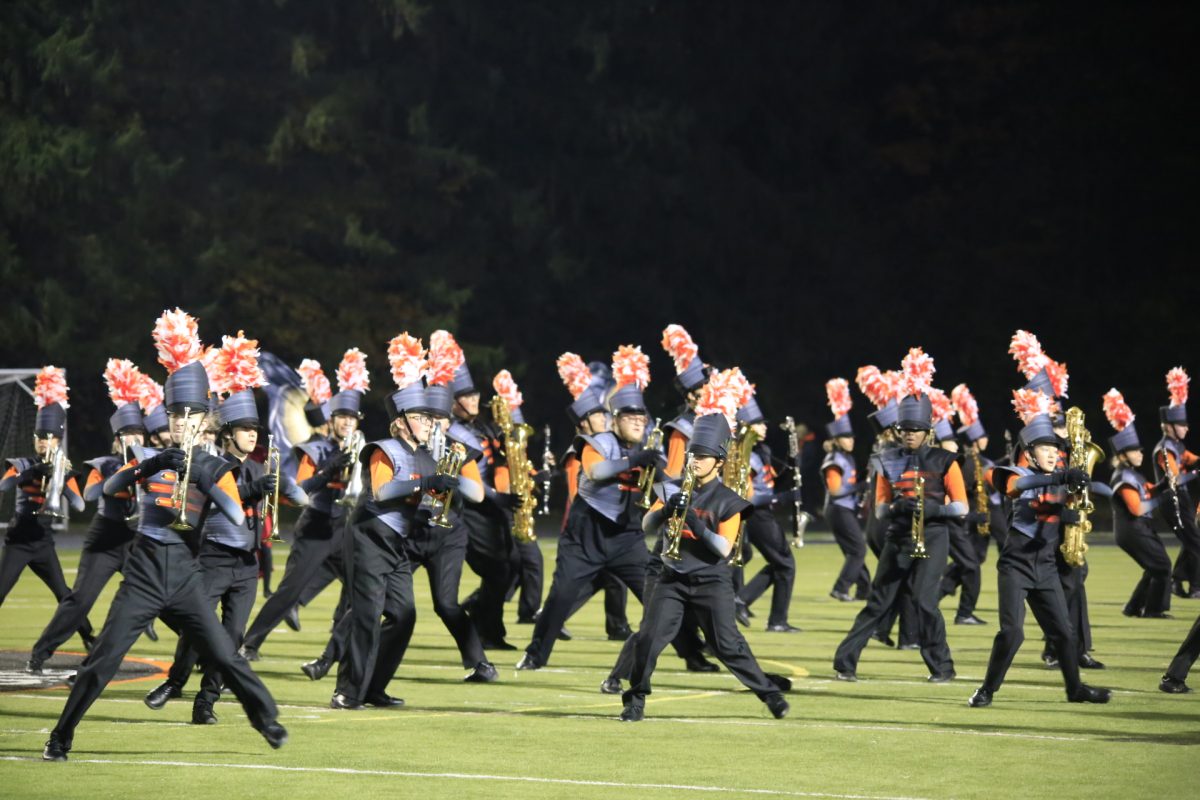
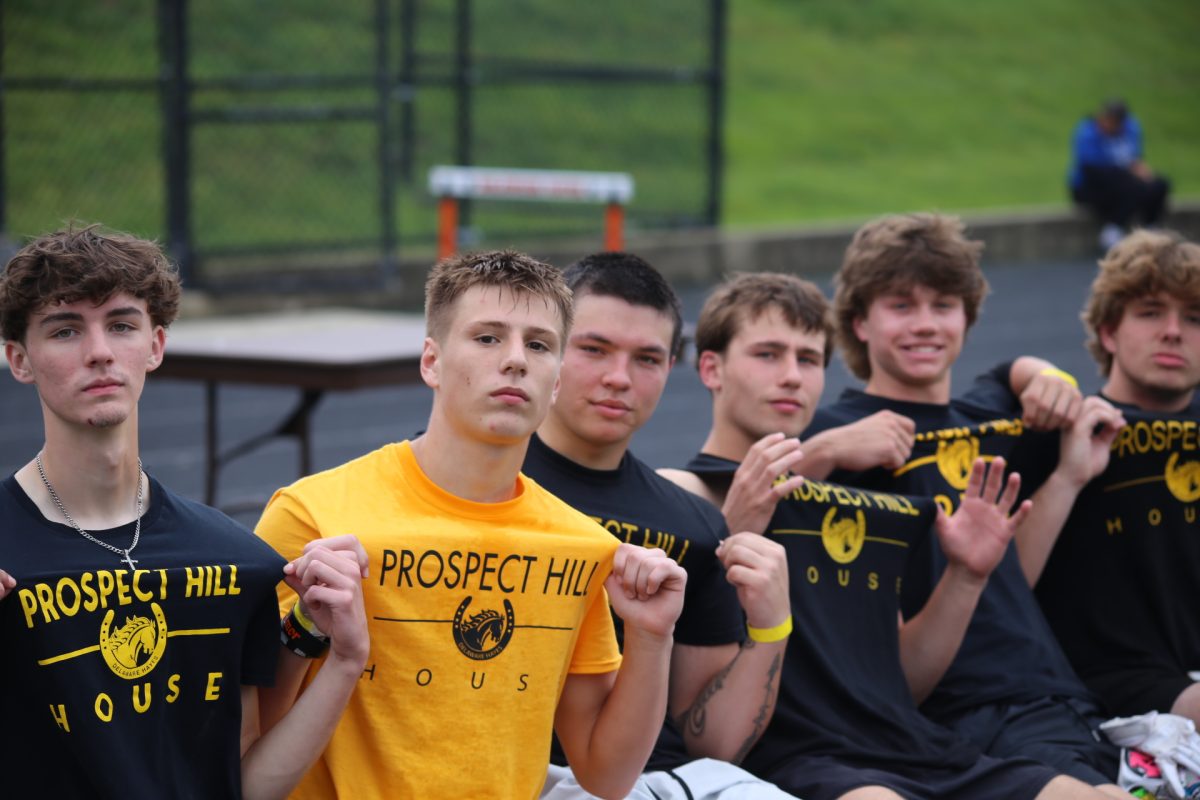






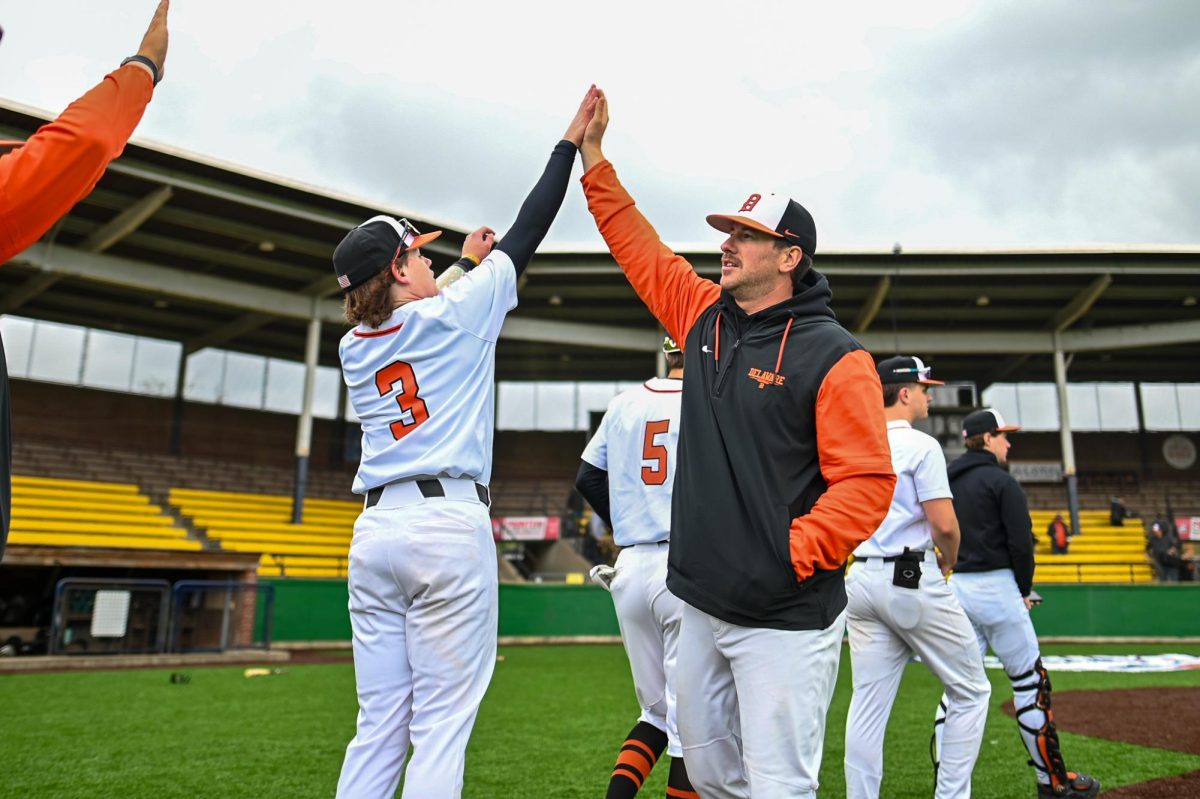




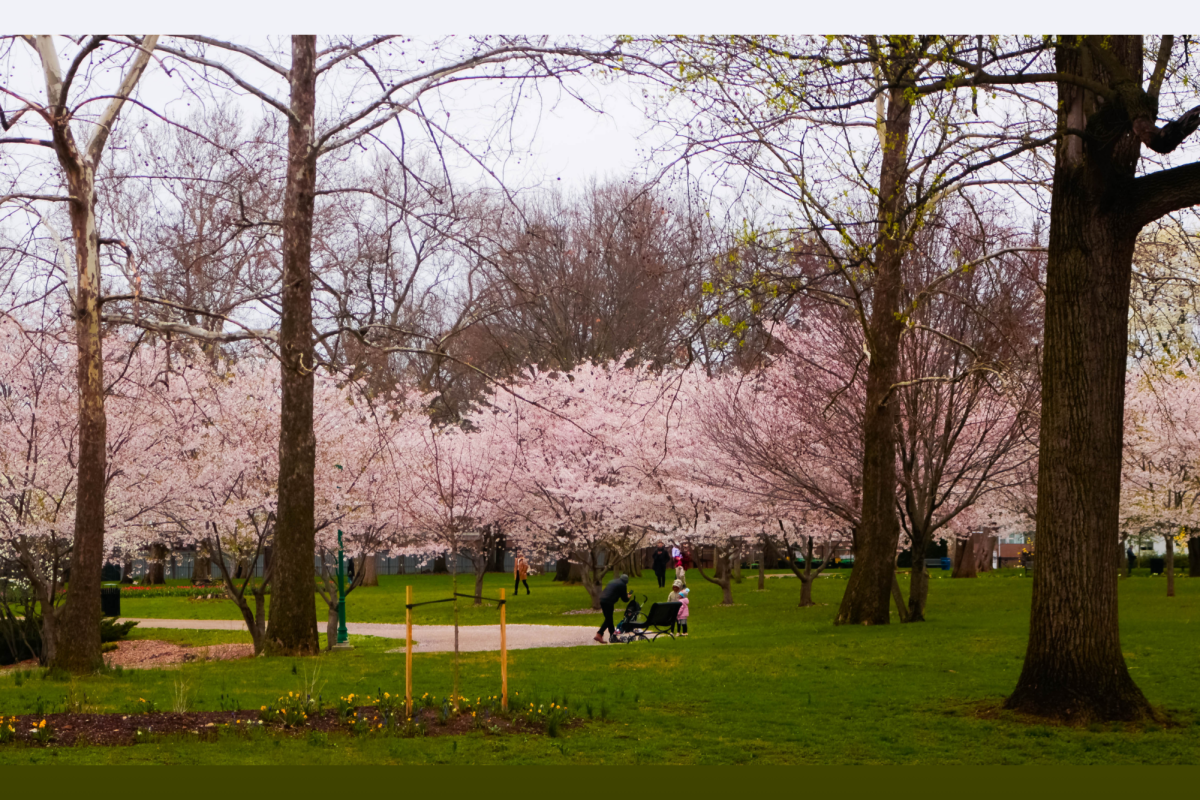


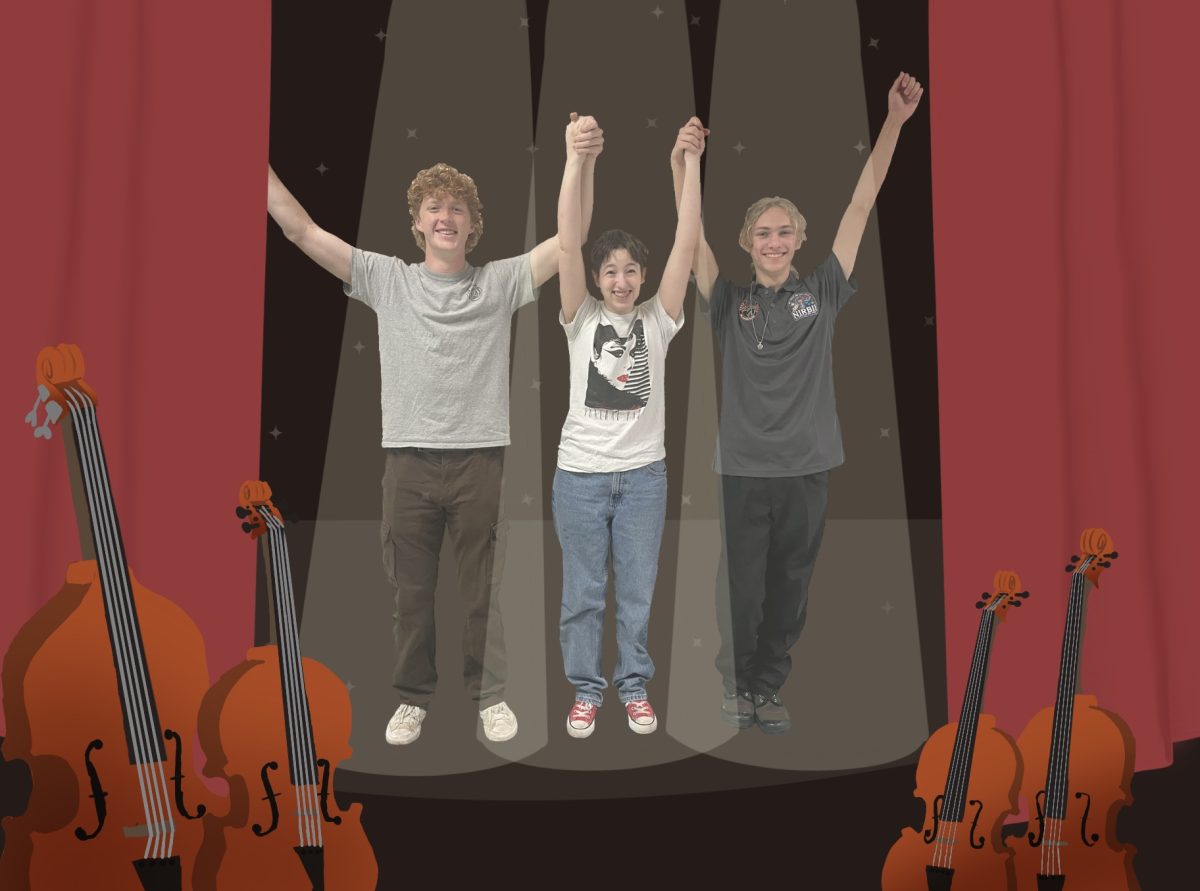
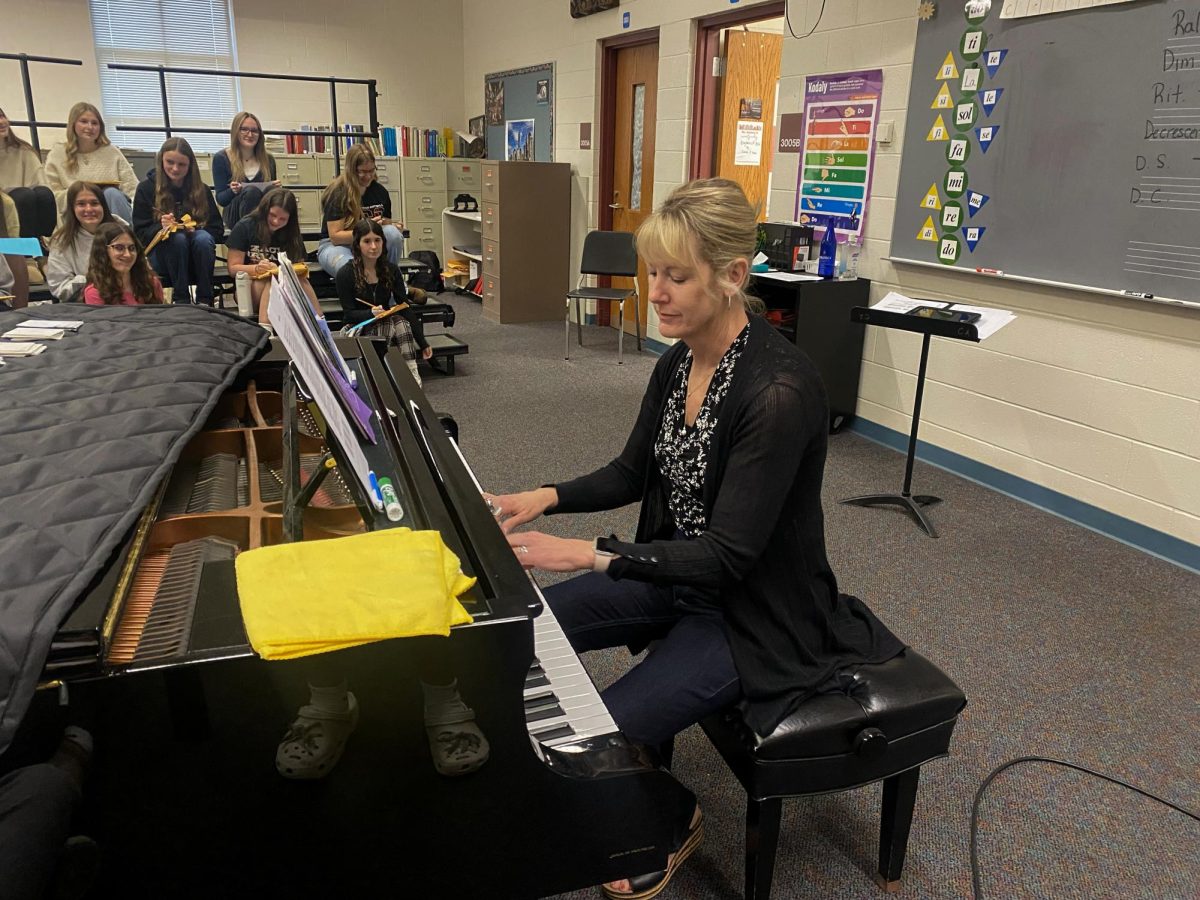
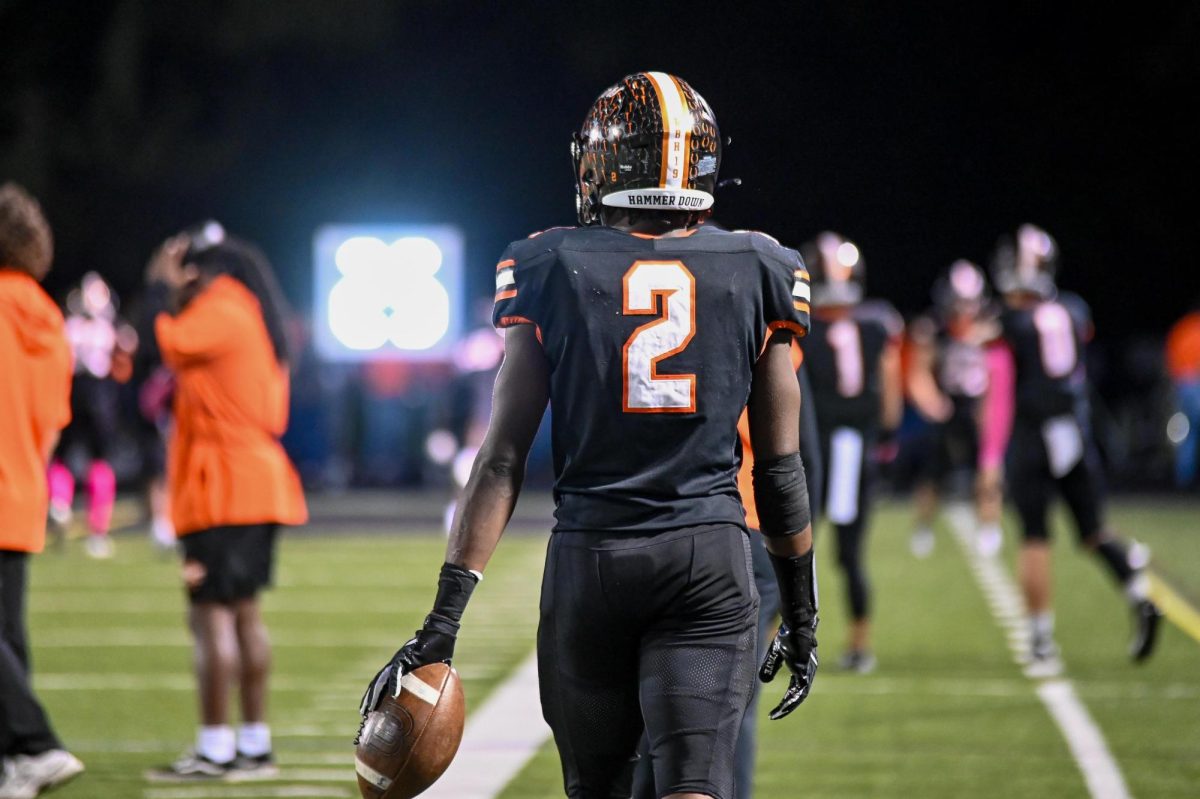


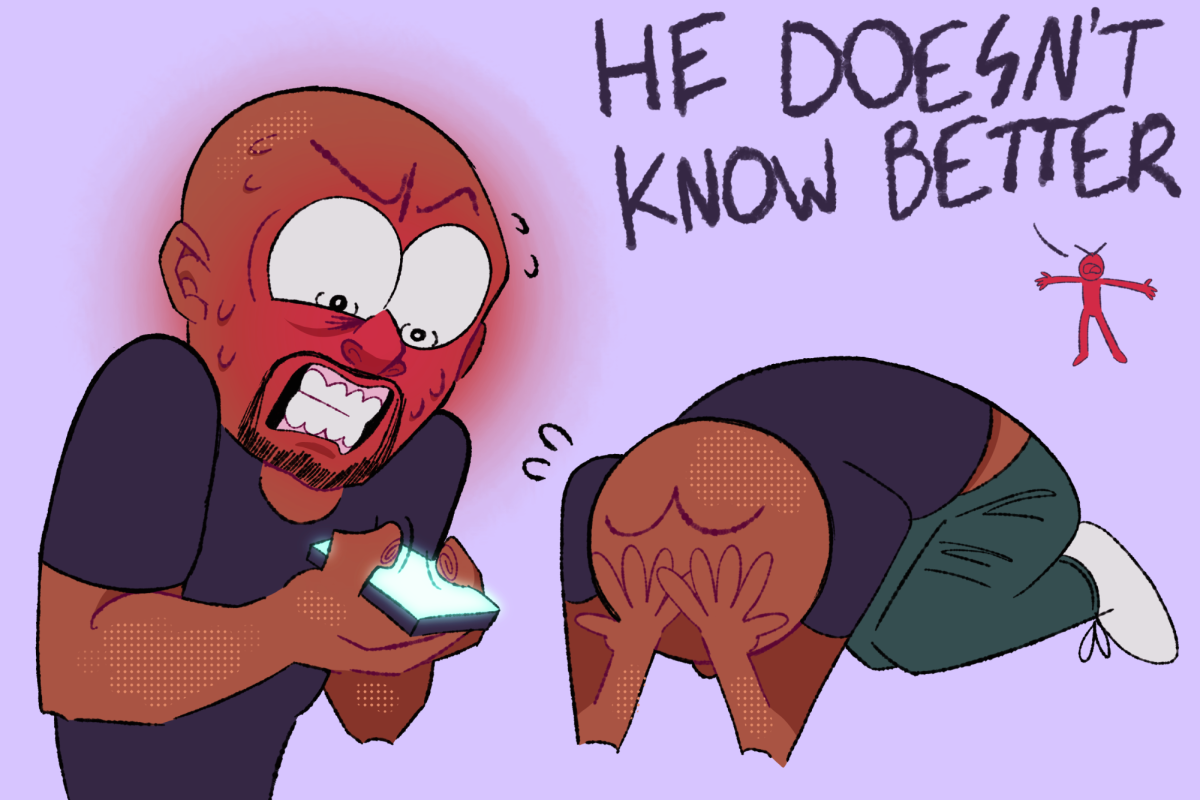







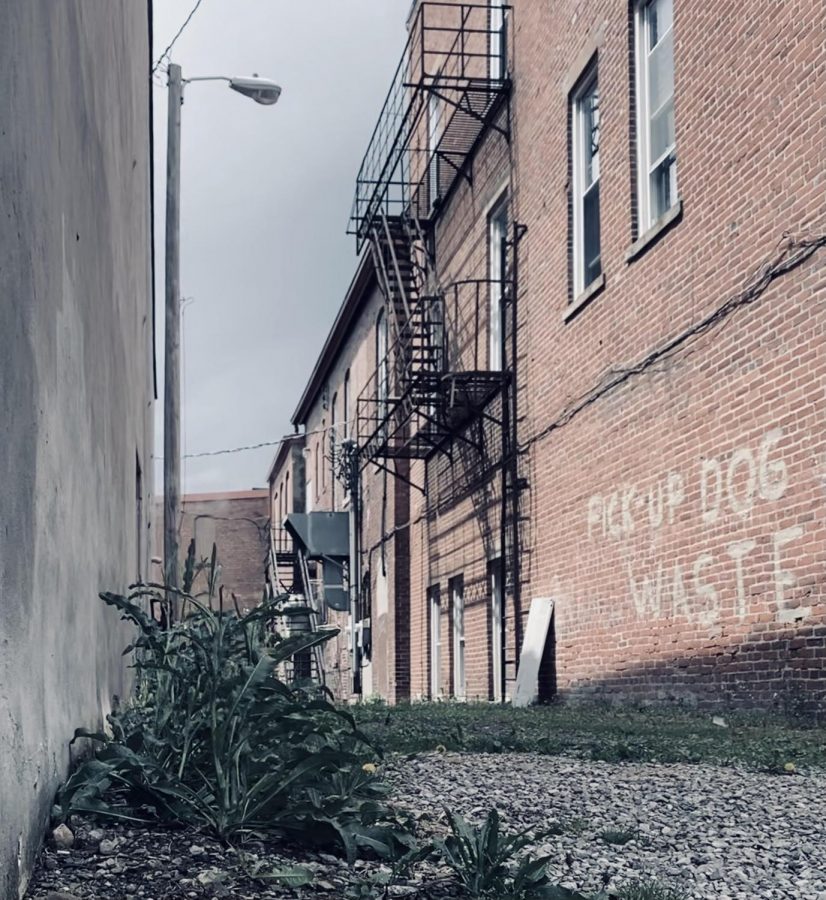








Christine Tibbitts • May 21, 2021 at 8:16 pm
Dear Sophie,
I want to thank you for your support and courage in addressing the human trafficking issues in Ohio. It is very important to remind young men and women of the hidden dangers on the internet. Young people need to stay alert to their surroundings and to report suspicious messages, emails, and comments. You have done a good job of reminding us to be aware of our changing world. Thank you.
Christine C. Tibbitts